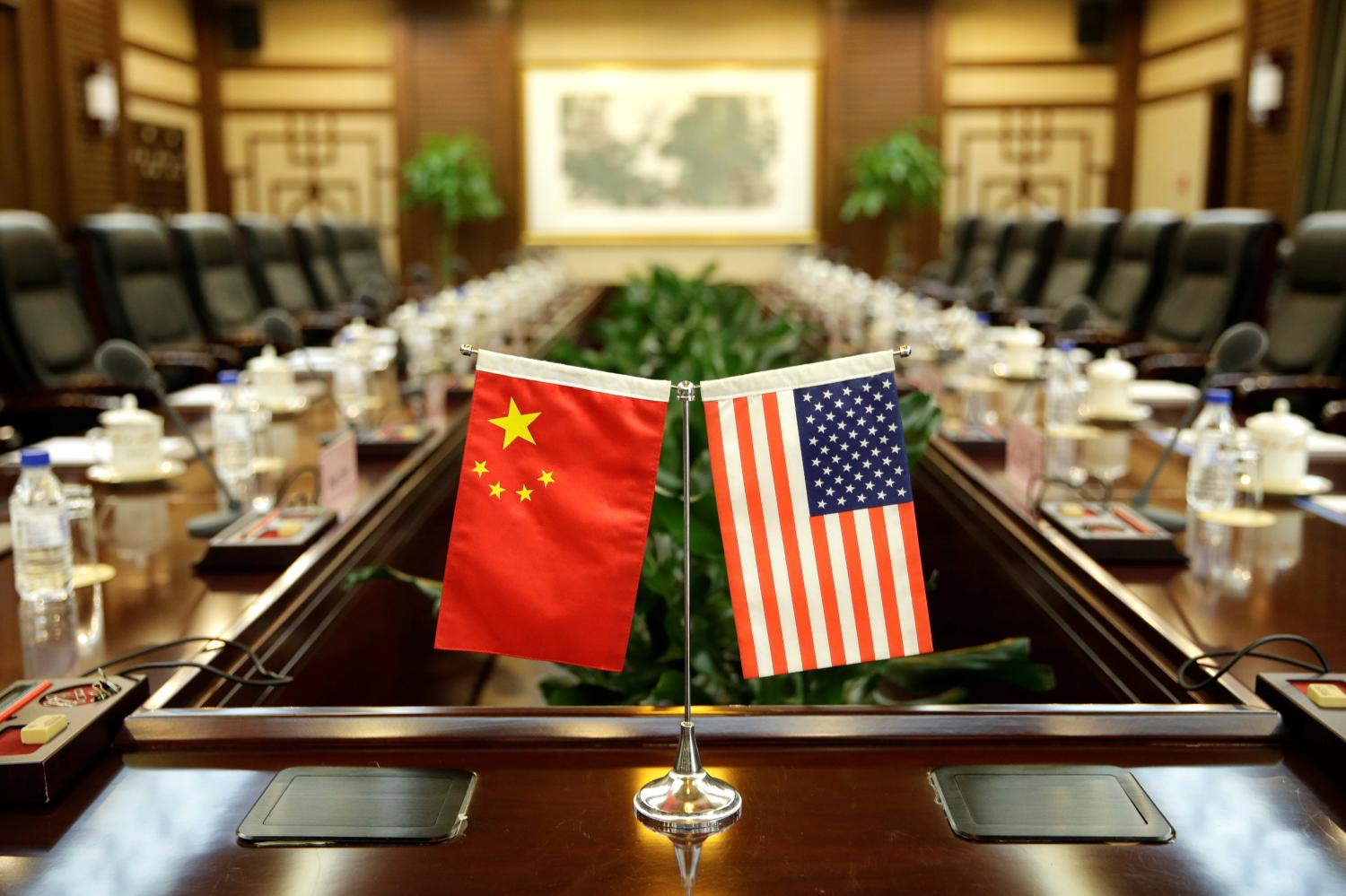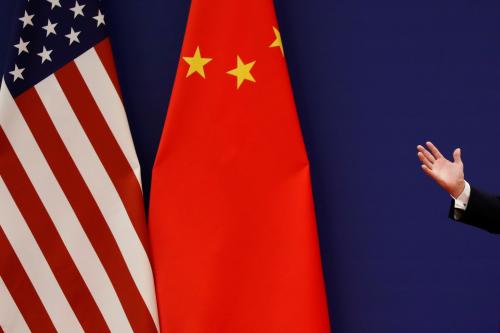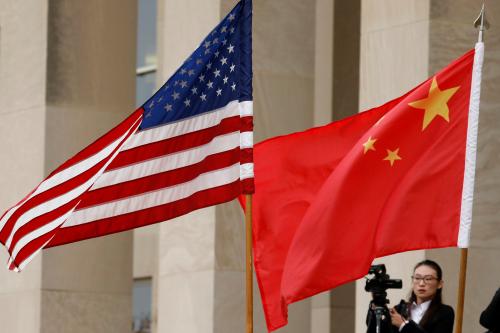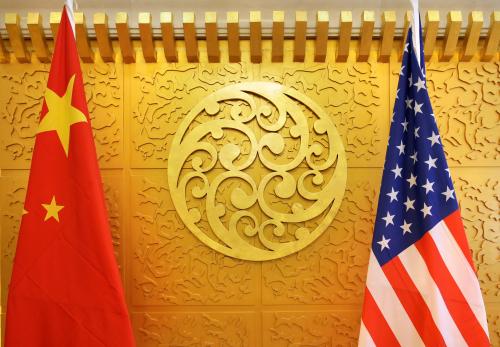Content from the Brookings-Tsinghua Public Policy Center is now archived. Since October 1, 2020, Brookings has maintained a limited partnership with Tsinghua University School of Public Policy and Management that is intended to facilitate jointly organized dialogues, meetings, and/or events.
The basic assumptions and expectations that guided the development of U.S.-China relations over the past 40 years no longer hold, writes Ryan Hass, who offers his perspective on the future trajectory of the bilateral relationship. This piece was originally published by The Carter Center.
Executive Summary
When Richard Nixon and Zhou Enlai signed the Shanghai Communique in February 1972, the national scars from the Korean War were still fresh, the Vietnam War was raging, and Chinese society was mired in the Cultural Revolution. There was virtually no two-way trade, and no American constituency promoting U.S.-China relations.
From those uncertain initial steps in 1972 to the present, relations have developed further and faster than anyone could have foretold. Now, the U.S.-China bilateral relationship is the most consequential in the world, and the United States and China are the two most significant actors on the international stage. In virtually every field – economics, business, academia, science, the environment, development, health – a dense web of connections has formed across the Pacific and pulled the two countries toward each other, making each more sensitive to the actions of the other. At the same time, China has transformed itself from a weak, poor, divided country into America’s most formidable strategic competitor.
The U.S.-China relationship has now reached what respected China scholar David M. Lampton describes as a “tipping point.” The basic assumptions and expectations that guided the development of U.S.-China relations over the past 40 years no longer hold and, so far, no consensus has formed in either country about what should replace them. This paper seeks to contribute a perspective on the future trajectory of U.S.-China relations by addressing how the relationship reached its current inflection point, why this moment may differ from previous periods of bilateral friction, and what key questions the United States needs to answer about the type of relationship it seeks with China going forward.
I suggest that the current turbulence in the bilateral relationship presents both risks and opportunities. If leaders in both capitals persist in treating the other as the source of their problems, they will invite risk of confrontation, and potentially conflict. On the other hand, if leaders use this period to question assumptions and reassess what type of relationship would serve both sides’ interests, they could steer the relationship from crisis toward opportunity.
The Brookings Institution is committed to quality, independence, and impact.
We are supported by a diverse array of funders. In line with our values and policies, each Brookings publication represents the sole views of its author(s).







